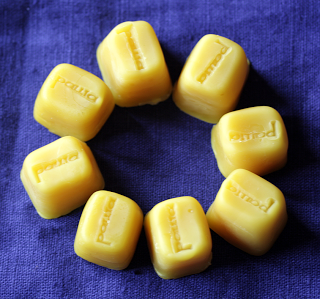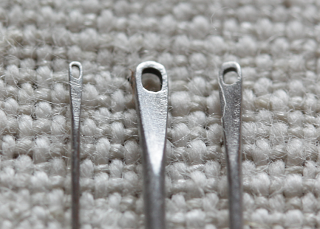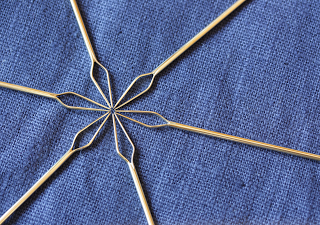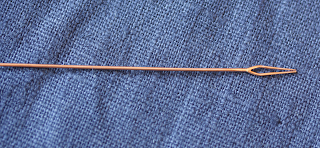When some time ago I asked for suggestions for the market stall, Kruliczyca (she has a blog, too, in Polish with English summaries) mentioned bentwood boxes for storage of needlework goods.
I have now come up with some of them - smallish, oval boxes made from fragrant wood. They are small enough to slip into a sewing cabinet or box that is already quite crowded, plain but pleasing the eye so they will look nicely on a table with work in progress, and a good possibility to store a needlebox, small shears, or your favourite sewing threads in them. Or hide some unauthentic thread rolls or other needlework trinkets that are not for everybody to see.

I quite like them and will probably use a few of these boxes for displaying wares. At the moment, they make an impressive stack in my warehousing cupboard!
I have now come up with some of them - smallish, oval boxes made from fragrant wood. They are small enough to slip into a sewing cabinet or box that is already quite crowded, plain but pleasing the eye so they will look nicely on a table with work in progress, and a good possibility to store a needlebox, small shears, or your favourite sewing threads in them. Or hide some unauthentic thread rolls or other needlework trinkets that are not for everybody to see.

I quite like them and will probably use a few of these boxes for displaying wares. At the moment, they make an impressive stack in my warehousing cupboard!











